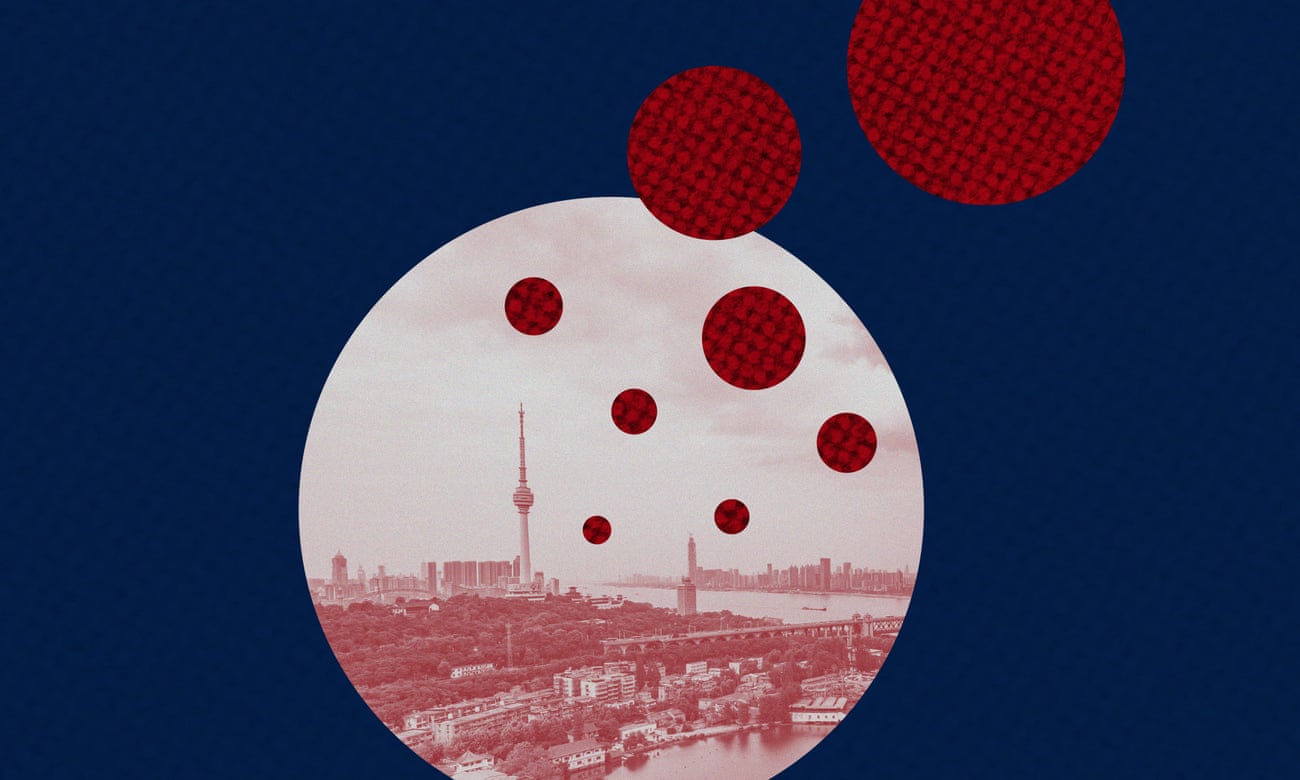Birth of a pandemic: inside the first weeks of the coronavirus outbreak in Wuhan

The Huanan seafood wholesale market in central Wuhan was the kind of place where people often caught colds. Vendors started setting up as early as 3am, plunging their hands into buckets of cold water as they cleaned and prepared produce for the customers that arrived every morning.
The sprawling market of more than 20 streets spanned two sides of a main road in an upscale neighbourhood of the commercial district of Hankou. Racks of meat were hung on hooks or spilled out on plastic mats. Workers walked around in welly boots. Drains lined the kerb alongside stores selling everything from live poultry to seafood and cooking ingredients. It was crowded but clean.
So, in mid-December when Lan, who sold dried seafood at one of more than 1,000 stalls in Huanan, felt unwell, he thought little of it.
He stayed home to rest but after losing 3kg in just a few days, he decided to go to his regular hospital for a check up.
From there he was sent to a hospital that specialises in infectious diseases and was admitted on 19 December. He remembers how the staff praised his positive attitude. “I was just a little bit sick. I wasn’t scared in the slightest,” said Lan, who asked not to disclose his full name.
Lan could not have known then that he was among the first cases of a new, highly contagious coronavirus that would kill more than 2,500 people in his city and engulf the world, infecting more than 1.6 million people so far and killing more than 95,000. The World Health Organization has described the outbreak of Covid-19 as the worst global crisis since the second world war. “I thought I had a cold. I had no idea,” he said.
Coronavirus infections began cropping up in Wuhan in December – and reportedly as early as November – but the Chinese authorities did not inform the public that the virus could pass between humans until late January.



 Creators of mankind
Creators of mankind Description of “Tall white aliens”
Description of “Tall white aliens” Where they came from?
Where they came from? About hostile civilizations
About hostile civilizations The war for the Earth
The war for the Earth “Tall white aliens” about eternal life
“Tall white aliens” about eternal life Video: “Nordic aliens”
Video: “Nordic aliens” Aliens
Aliens Alien encounters
Alien encounters The aliens base
The aliens base UFO
UFO Technology UFO
Technology UFO Underground civilization
Underground civilization Ancient alien artifacts
Ancient alien artifacts Military and UFO
Military and UFO Mysteries and hypotheses
Mysteries and hypotheses Scientific facts
Scientific facts


















